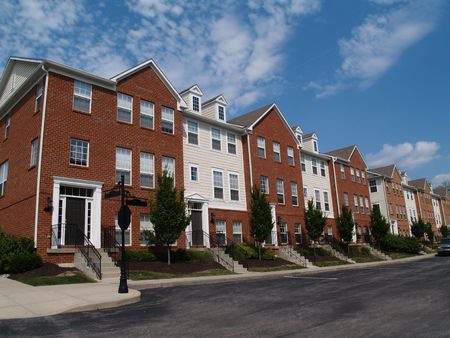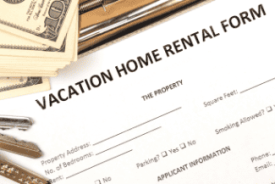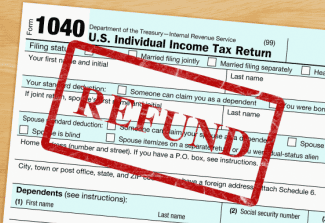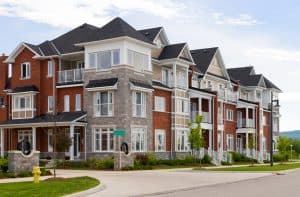Subdividing a house into a multifamily unit — should you do it?

Zoning
Before you take that first step toward subdividing a home into apartments, you will need to check the zoning regulations in your area to make certain that what you are doing is legal in your municipality. While many municipalities do allow for homes to be made into multifamily units, many do not, and you may need to get building permits, zoning restriction waivers, and other permits.
Ensuring Tenants
One reason many landlords like to subdivide a property is to ensure they have tenant renting at least part of the property. This is important for landlords who are making payments on a particular property and need to have enough money to ensure that the costs are covered. If you are renting a property to just one family and the family leaves, you may not be able to find new tenant for weeks, if not months. If the unit is subdivided, you have a better chance at keeping at least one of your tenants who are making rent payments.
Providing Apartments During Housing Shortages
Another reason landlords subdivide single-family dwellings is to provide apartments during periodic housing shortages. In some areas, housing shortages exist and young families and single people are unable to find affordable housing. A large single-family home that would normally be vacant could provide acceptable housing for people who need it.
Eliminates Unoccupied Homes
In many parts of the country, affluent people have purchased or have had built larger homes. As the neighborhoods grew older, or the city had grown, the rich would sell their homes and move someplace else. As a result, their large homes are still in certain neighborhoods, but the demographics have changed. People who cannot afford such large homes, either to rent or to buy, are unable to find an affordable dwelling in their preferred neighborhood. By subdividing a larger, more expensive home, it allows people who may not be able to afford to live in such a large house to be able to share apartments within it.
Increases the Population Density of a Neighborhood
One reason to not subdivide a home is that subdividing can increase the overall population density of the region. If the home is in a neighborhood that cannot support a larger population because of lack of services, poor roads, or poor infrastructure, subdividing a home may not be a good idea. If the area is primarily zoned for single-family residences, subdividing a home may change the character of the region and decrease the overall value of the properties within the area.
Cannot Subdivide the Home Safely
When you subdivide a home into apartments, you must take into consideration whether you can create safe and livable apartments. That means that you must take into consideration fire exits, heating and cooling, adequate ventilation, adequate light, adequate plumbing and bathrooms, a kitchen, and adequate electrical wiring to handle the extra loads that more appliances require. If you cannot subdivide the home and provide these necessary things, then you probably shouldn’t subdivide the home.
Changes the Character of the Neighborhood
One thing that is hard to put an objective value on is whether or not subdividing the home and making it into a multifamily unit will change the character of the neighborhood. Some neighborhoods are best left as single family units. Other neighborhoods already have multifamily units in them and one more will not make much of the difference. You will want to look at the neighborhood around the home before deciding whether to make it into a multifamily unit.
Basically, whether or not you should subdivide a single-family residence into a multifamily unit depends largely on zoning, the neighborhood, and whether you can do it safely. Once you have answered these questions, you’ll be able to determine if subdividing your properties is feasible.















 Accessibility
Accessibility